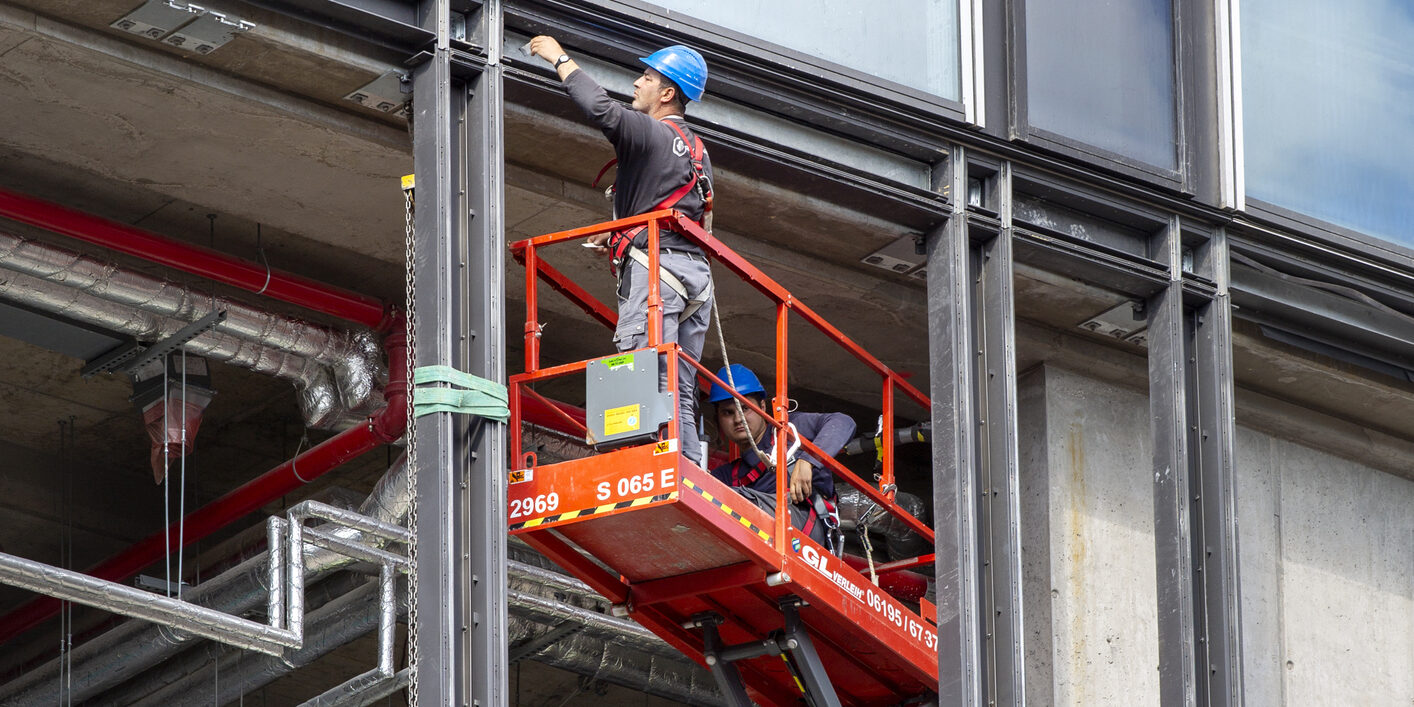Celebrando a força feminina: Dia Internacional da Mulher

Com a aproximação do dia 8 de março, o mundo se prepara para celebrar o Dia Internacional da Mulher, uma ocasião significativa que reconhece as conquistas, a luta e o papel fundamental das mulheres na sociedade. A data nos convida a reconhecer a resiliência e a força das mulheres que moldam nosso mundo. Mas você sabe como essa data surgiu e por que é tão importante?
O Dia Internacional da Mulher teve origem no início do século XX, em um período marcado por movimentos por direitos civis e igualdade de gênero. Em 1908, nos Estados Unidos, ocorreu uma grande manifestação de mulheres que protestavam por melhores condições de trabalho, salários justos e pelo direito ao voto. Essa mobilização histórica deu início a futuras ações em prol dos direitos das mulheres, culminando na oficialização do Dia Internacional da Mulher em 1910.
Ao longo dos anos, o 8 de março evoluiu para além de suas raízes históricas, tornando-se um momento de reflexão, reconhecimento e celebração das conquistas das mulheres em todas as esferas da sociedade. É um símbolo para destacar a luta por igualdade de gênero, combater o sexismo e promover a inclusão. Esta data também serve como um lembrete dos desafios que ainda enfrentamos na busca pela equidade de gênero, desde disparidades salariais até a sub-representação das mulheres em cargos de liderança. É um chamado à ação para continuarmos lutando por um mundo mais justo e igualitário para todas as pessoas, independentemente do gênero.
A celebração do Dia Internacional da Mulher é também um momento para expressar gratidão e apreço pelas mulheres em nossas vidas, sejam elas mães, irmãs, amigas, colegas de trabalho ou líderes inspiradoras. Na Dennis Group, reconhecemos e valorizamos a contribuição das mulheres para o nosso sucesso. Somos uma empresa comprometida com a diversidade e a inclusão, e estamos constantemente buscando formas de promover a igualdade de gênero em nosso ambiente de trabalho.
Neste Dia Internacional da Mulher, convidamos todos a se unirem à luta por um futuro mais justo e igualitário para todas as mulheres.
Que este seja um momento de reflexão, inspiração e celebração!






































